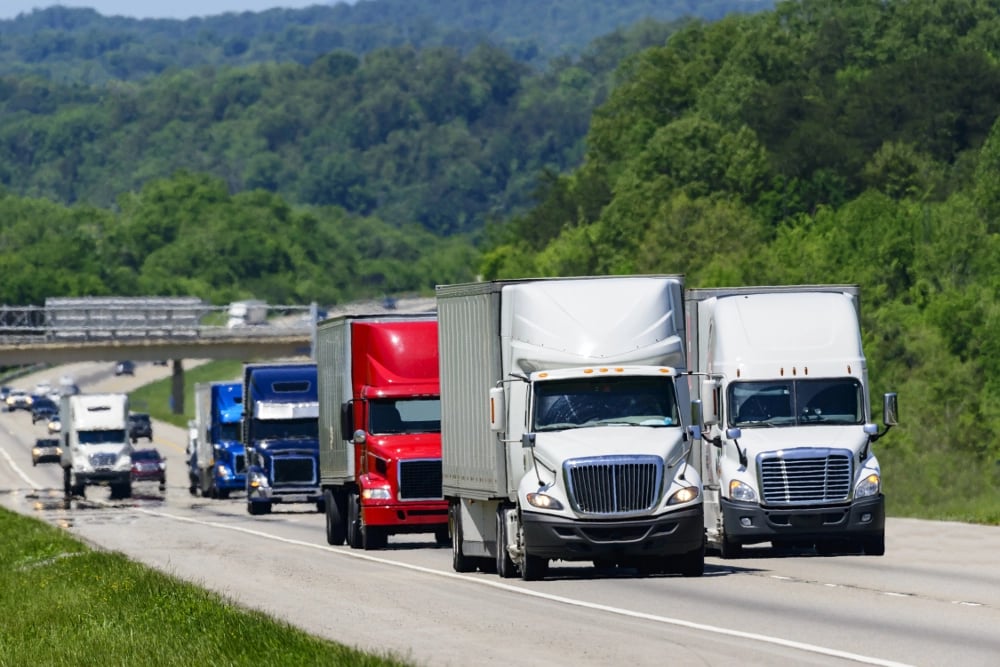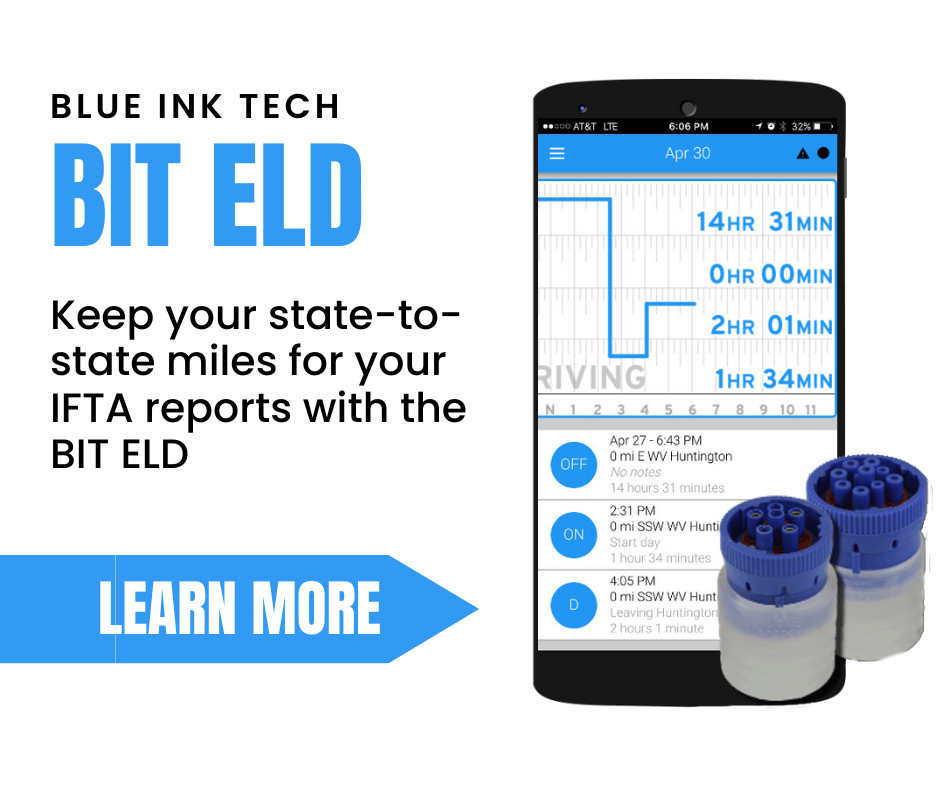 The trucking industry is vital to the global supply chain, transporting goods across long distances and connecting shippers to consumers. To make sure that this industry operates efficiently and effectively, regulations and systems have been established to manage trucking fleets, including the International Registration Plan (IRP).
The trucking industry is vital to the global supply chain, transporting goods across long distances and connecting shippers to consumers. To make sure that this industry operates efficiently and effectively, regulations and systems have been established to manage trucking fleets, including the International Registration Plan (IRP).
The IRP is a registration exchange agreement between the United States and Canada that allows trucking companies to register and pay taxes for their vehicles in multiple jurisdictions with a single registration plate. This system simplifies the registration process for trucking companies, allowing them to more easily operate across state and provincial borders and reducing administrative hassles.
History of the IRP
The IRP was established in 1982 as a response to the complex and inconsistent system of vehicle registration and taxation in the United States and Canada. Before the IRP, trucking companies had to register their vehicles and pay taxes in each state or province where they operated, leading to confusion and unnecessary costs.
To address these issues, the IRP was established as a voluntary agreement between the United States and Canada. Today, it includes all 48 contiguous states of the United States, the District of Columbia, and all 10 Canadian provinces. It is administered by the International Registration Plan, Inc. (IRP), a non-profit organization that oversees the registration and taxation of commercial vehicles operating under the IRP.
How the IRP Works
The IRP is a registration exchange agreement, which means that trucking companies can register their vehicles with a single registration plate and pay taxes in multiple jurisdictions. Under the IRP, each truck is assigned a "base jurisdiction" which is the state or province where the trucking company is headquartered or has its principal place of business.
The base jurisdiction is responsible for issuing the IRP registration plate and collecting the appropriate registration fees and taxes. These fees and taxes are then apportioned to each jurisdiction where the truck operates based on the number of miles driven in each jurisdiction, similar to what a carrier must do for IFTA reporting. This ensures that each state or province receives its fair share of registration fees and taxes, regardless of where the vehicle is registered.
To participate in the IRP, trucking companies must meet certain eligibility requirements, including having a permanent place of business in the United States or Canada, operating vehicles that are registered for a gross weight of 26,001 pounds or more, and having an acceptable CSA score from the FMCSA or the Canadian Council of Motor Transport Administrators.
Benefits of the IRP
The IRP provides numerous benefits for trucking companies, including:
-
Simplified registration process: The IRP allows trucking companies to register and pay taxes for their vehicles in multiple jurisdictions with a single registration plate. This simplifies the registration process and reduces administrative burdens, saving time and money.
-
Reduced costs: Prior to the IRP, trucking companies had to register and pay taxes for their vehicles in each state or province where they operated. This led to unnecessary costs, including administrative fees, taxes, and penalties for noncompliance. The IRP eliminates many of these costs, providing cost savings for trucking companies.
-
Increased flexibility: The IRP allows trucking companies to more easily operate across state and provincial borders, increasing their flexibility and expanding their business opportunities.
-
Fair distribution of taxes and fees: The IRP apportions registration fees and taxes based on the number of miles driven in each jurisdiction, ensuring that each state or province receives its fair share of revenue.
- Compliance with regulations: The IRP ensures that trucking companies are in compliance with state and provincial regulations regarding vehicle registration and taxation. This helps companies avoid potential fines and penalties for noncompliance and promotes a culture of safety and compliance within the industry.
- Improved data collection: The IRP collects data on the number of miles driven in each jurisdiction by participating vehicles, providing valuable information for policy makers and researchers. This data can be used to inform decisions related to infrastructure investment, traffic management, and other transportation-related policies.
How to get an IRP plate
-
Determine if you need IRP registration: If your CMV operates in multiple states or provinces, has a gross vehicle weight rating or registered gross weight over 26,000 pounds (11,793 kg), or has three or more axles regardless of weight, you likely need IRP registration.
-
Establish a base jurisdiction: To register for IRP, you must establish a base jurisdiction. This is typically the state or province where your business is headquartered or where you have an established place of business. Your CMV must be registered in your base jurisdiction.
-
Gather required documentation: Before you can apply for IRP registration, you'll need to gather the necessary documents. These may include:
- Proof of residency or established place of business
- Federal Employer Identification Number (EIN)
- A completed Schedule A and Schedule B
- Proof of insurance coverage that meets the minimum requirements for each jurisdiction in which you operate
- Proof of ownership or lease agreement for the vehicle
- A completed Heavy Vehicle Use Tax (HVUT) Form 2290 for vehicles over 55,000 pounds (24,947 kg)
-
Visit your base jurisdiction's IRP office: Go to your base jurisdiction's IRP office or the agency responsible for vehicle registration to submit your application and required documents. You may be able to apply online or by mail, depending on your base jurisdiction's requirements.
-
Pay registration fees: Upon submitting your application, you'll need to pay the appropriate registration fees. These fees are determined based on the distance traveled in each jurisdiction, the vehicle's weight, and other factors.
-
Receive your IRP plate and cab card: Once your application is approved and fees are paid, you'll receive your IRP plate and a cab card. This cab card must be kept in the vehicle at all times and shows the jurisdictions and weight limits for which the vehicle is registered.
Keep in mind that IRP registration requirements and procedures may vary slightly between jurisdictions. Be sure to check with your base jurisdiction's IRP office or agency responsible for vehicle registration to obtain up-to-date information on the application process.
Keeping track of in-state miles for IRP
One of the more tedious parts of maintaining the IRP is keeping track of the miles that a commercial vehicle does in each state. Similar to IFTA, getting this information for each vehicle in a fleet can be a challenge. Using modern technologies such as electronic logging devices (ELDs) or video telematics (dashcams) can help manage this data easily and reduce additional cost.

